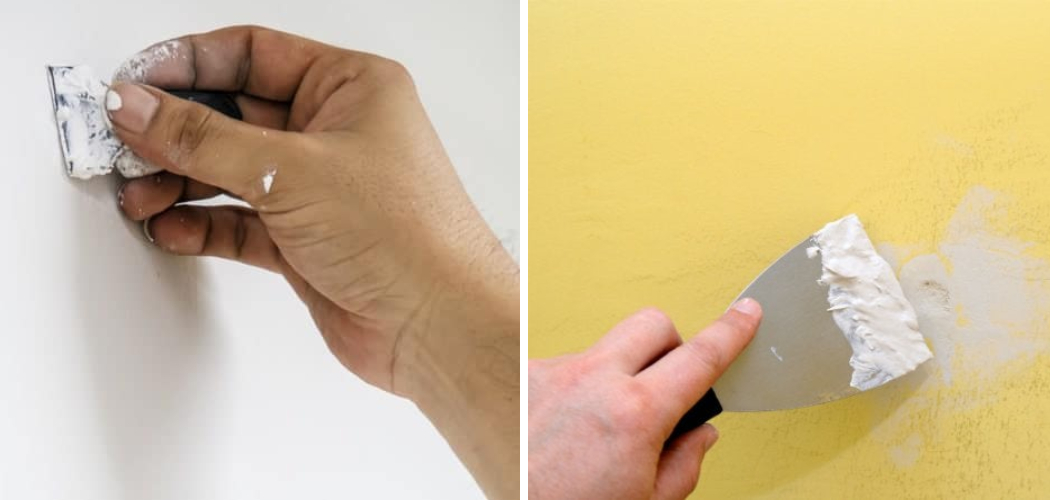Living in an apartment has its perks, but it also comes with its own set of challenges. One of the common problems residents face is dealing with holes in the walls. Accidents happen, no matter how careful you are, and small holes may appear on the wall. If you’re renting, fixing these damages should be your priority before the landlord inspects the apartment. Fortunately, repairing holes in the walls isn’t that difficult, and you don’t need an experienced handyman to do it properly. In today’s blog post, we will discuss a few quick and easy ways how to fix holes in apartment walls.
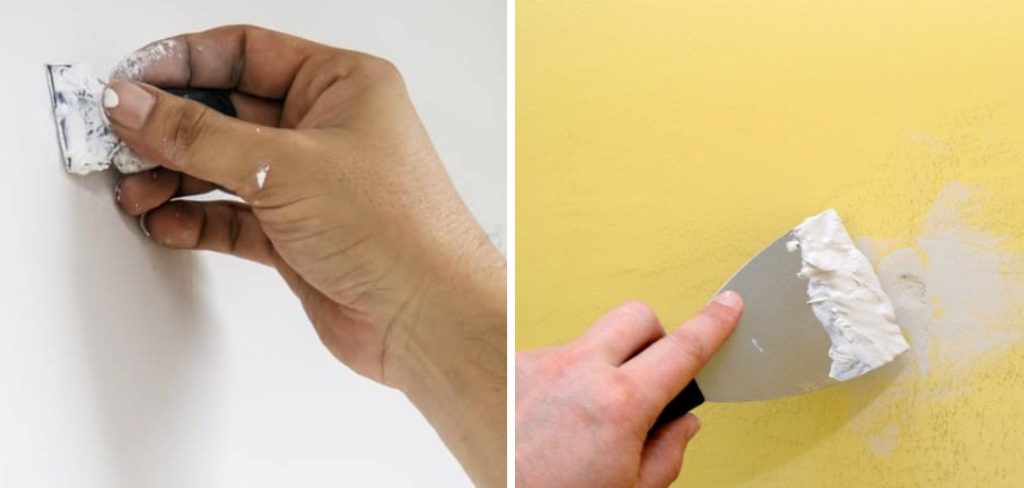
Can You Fix Holes in The Apartment Walls?
Are you tired of staring at those unsightly holes in your apartment walls? Don’t worry, you don’t have to settle for a less-than-perfect living space. With the right tools and patience, you can easily fix those holes and restore your walls to their former glory.
Whether your holes are caused by wall hangings, furniture, or other everyday wear and tear, you can follow a few simple steps to patch them up and make your place look as good as new. Don’t let holes in your walls hold you back from enjoying your apartment to the fullest – take action today and get those walls looking flawless!
Why Should You Fix Holes in Apartment Walls?
Holes in apartment walls are an unsightly and unpleasant problem for renters. Not only do they detract from the aesthetic appeal of your living space, but they also pose a safety hazard. Holes in walls can weaken overall structural integrity, creating potential hazards for you and your neighbors.
Additionally, holes can let in cold drafts, disrupting the temperature control and making your living space uncomfortable. While repairing holes may seem like a minor inconvenience, it is essential for creating a safe and comfortable living space. So, invest the time and effort to fix holes in your apartment walls to protect your own safety and to create an environment that feels like home.
Quick and Easy Guide on How to Fix Holes in Apartment Walls
1. Use a Patch and Paint
A patch and paint can be a lifesaver when fixing small holes. This method applies to holes one inch in diameter or smaller. All you need is a putty knife, spackle, sandpaper, and paint that matches the wall color. Start by cleaning the damaged area and filling the hole with a spackle using the putty knife. Apply the spackle in a thin layer, and make sure it’s even with the surface. Once the spackle is dry, sand the area until it’s smooth. Finally, apply the same paint color to the repaired area and let it dry.

2. Use Toothpaste
Another way to fix small holes is by using toothpaste. Yes, you read that right! Toothpaste can quickly fix tiny holes and scratches on the walls. This method works well for holes less than one inch in diameter. Squirt toothpaste into the hole and use a putty knife to smooth it out. Allow it to dry for a few hours, then gently sand the repaired area until smooth. If the wall color is white, then there’s no need to apply paint. However, if the wall is colored, you can mix toothpaste with acrylic paint to match the original shade.
3. Use Adhesive Mesh Patch
If the hole is bigger than two inches in diameter, you need a more robust method to cover it up. An adhesive mesh patch can be an excellent solution for this situation. This method requires a few more materials, including a patch, putty knife, and joint compound. Firstly, clean the hole area, and cut the adhesive mesh patch according to your desired size.
Cover the hole with the adhesive patch, then apply the joint compound over the patch and the surrounding area. Use a putty knife to press and smooth down the compound. Apply a second coat, allow it to dry thoroughly, then sand the surface until it’s smooth. Finish it off with paint that matches the wall color.
4. Use a Self-Adhesive Drywall Patch
Another solution to repair large holes is by using a self-adhesive drywall patch. This method requires fewer materials and steps, making it easier to follow. This patch has a sticky surface that you can use to cover the hole. First, clean the hole with sandpaper and ensure it’s dry. Peel off the backing from the self-adhesive patch and place it over the hole.
Use a putty knife to smooth the surface, and press it down firmly. Apply a thin layer of joint compound over the patch, and ensure it’s even with the surrounding area. Allow it to dry, then sand the surface with sandpaper. Finally, paint over the patch, and let it dry.
5. Use Drywall
If your wall has a large hole, it might be best to fix it with drywall. You need tools and materials such as a saw blade, screws, joint compound, drywall knife, and paint to do this. Start by cutting the drywall piece according to the size of the hole.
Secure it to the wall with screws, and use a drywall knife to smooth the edges. Then, apply joint compound over the hole until the patch is flush with the wall. Let it dry, then sand down the surface until it’s even. Finally, paint over the repaired area and let it dry again.
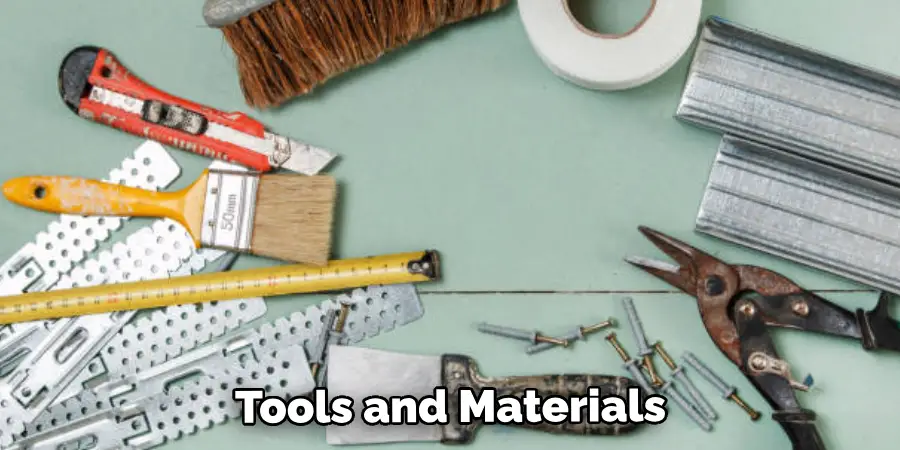
6. Use Wall Anchors
If a mounting screw causes the hole, then you don’t have to go through the hassle of patching and painting. Wall anchors can fix this type of problem quickly and easily. Start by drilling holes on either side of the existing hole. Place wall anchors into the two fresh holes, but make sure they are even with each other. Then, use a screwdriver to secure the wall anchor into the wall. Finally, insert the mounting screws and tighten them with a screwdriver until they are snug.
7. Contact Professionals
If you don’t feel confident in your DIY skills or if the damage is too extensive. An experienced contractor can help you with anything from small holes to large cracks and damages. They will be able to assess the situation, offer advice, and provide cost-effective and safe solutions.
Ultimately, knowing how to fix holes in apartment walls can save you time and money. With the right materials and techniques, getting the job done without breaking the bank is possible. Don’t be afraid to try your hand at DIY wall repairs, but if you’re unsure, always consult a professional.
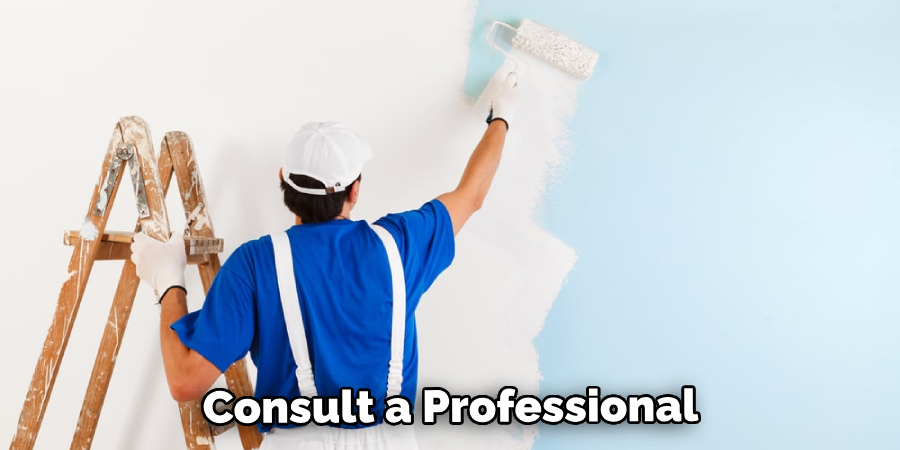
5 Considerations Things When You Need to Fix Holes in Apartment Walls
1. Size and Location of The Hole
The size and location of the hole will determine the best way to fix it. If the hole is small and located in an inconspicuous area, you may be able to use spackle or putty to fill it in. However, if the hole is large or in a more visible area, you may need to patch it with a piece of drywall.
2. Type of Wall
The type of wall will also affect the best way to fix the hole. If you have a plaster wall, use a different repair method than a drywall wall. Plaster walls are much harder to repair, so it is best to consult a professional if you have this type of wall.
3. Tools and Materials Needed
Before beginning any repair project, it is important to ensure you have all the necessary tools and materials. You will likely need spackle or putty, a putty knife, and sandpaper for a small hole. However, for a larger hole, you will need a drywall patch, drywall screws, a drill, and a joint compound.
4. Time Required for The Repair
Another important consideration is how much time you must devote to the repair project. A small hole can usually be repaired in just a few minutes, while a larger hole may take several hours. Make sure you have enough time set aside to complete the repair properly.
5. Cost of The Repair
Finally, you will need to consider the cost of the repair. Small holes can usually be repaired with items you already have around your home, such as spackle or putty. However, larger holes may require purchasing new materials, such as drywall patches or joint compounds. Be sure to factor in the cost of materials when deciding whether or not to tackle the repair yourself.
By considering these five factors, you can make an informed decision about how to fix holes in your apartment walls. You may choose to tackle the repair yourself or hire a professional depending on the size and location of the hole, type of wall, tools and materials needed, the time required for the repair, and repair cost. Either way, you can ensure the hole will be properly filled, and your wall will look good as new.
5 Benefits of Fix Holes in Apartment Walls
1. Aesthetics
Holes in the wall can be unsightly and make your apartment look unkempt. By filling in the holes, you can improve the overall appearance of your apartment and make it look more polished and put-together.
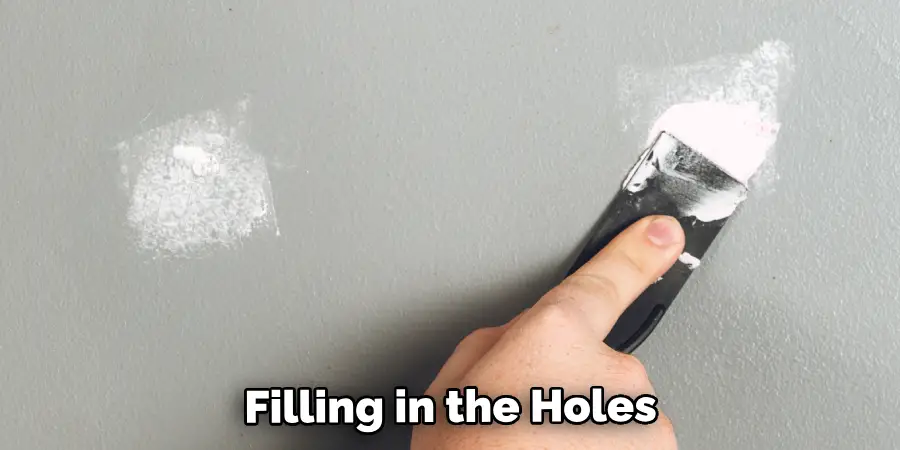
2. Structural Integrity
Holes in the wall can weaken the structure of your apartment and make it more susceptible to damage. By filling in the holes, you can help reinforce your apartment’s structure and make it more resistant to damage.
3. Energy Efficiency
Holes in the wall can let outside air into your apartment, impacting your energy bill. By filling in the holes, you can help to keep your apartment more energy-efficient and lower your monthly bills.
4. Pest Control
Holes in the wall can provide an entry point for pests into your apartment. By filling in the holes, you can help to keep pests out of your home and prevent them from infesting your space.
5. Safety
Holes in the wall can pose a safety hazard, as they can be sharp and may cause cuts or scrapes if you accidentally come into contact with them. By filling in the holes, you can help to make your apartment safer for you and your family.
4 Common Mistakes People Make When Trying to Fix Holes in Apartment Walls
1. Not Patching the Hole First
One of the most common mistakes people make when trying to fix holes in apartment walls is not patching the hole first. This can cause the new paint or wallpaper to peel off, making applying more difficult. To avoid this, use a patching kit to fill in the hole before proceeding with your repair.
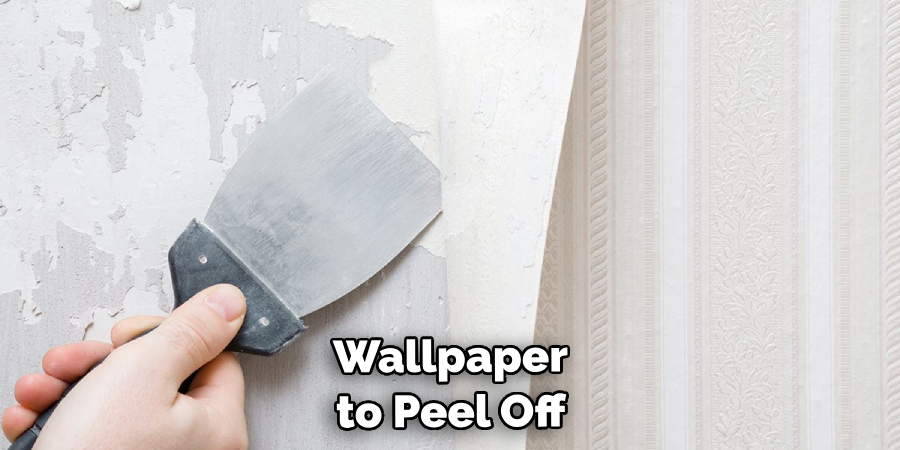
2. Not Using Primer
Another mistake people often make is not using a primer before painting or wallpapering over the hole. Primer provides a smooth surface for the new paint or wallpaper to adhere to and will also help to conceal any imperfections in the wall. Without primer, your repair is likely to look sloppy and unfinished.
3. Not Caulking
If you’re repairing a hole near a door or window, it’s important to caulk around the edges before painting or wallpapering. Caulking will help to seal any gaps and prevent drafts from coming through. Without caulking, your repair is likely to be ineffective and short-lived.

4. Not Cleaning Up
Finally, one of the most common mistakes people make when repairing holes in apartment walls is not cleaning up afterward. This can leave behind dust and debris, damaging your new paint or wallpaper job. To avoid this, thoroughly vacuum and dust the area before beginning your repair.
Conclusion
Don’t let small holes in your apartment walls stress you out. With the DIY methods listed above, you can repair and restore your walls to their original state without professional help. Whether using toothpaste, an adhesive mesh patch, or a self-adhesive drywall patch, these steps are quick, easy, and affordable. Remember to choose the method that suits your needs and the hole size. With some patience and creativity, you can fix any hole in your apartment wall and make it look as good as new. Thanks for reading our post about how to fix holes in apartment walls.
Rick is a handyman who grew up helping his dad with his business. He learned a lot from him about how to fix things, and also about how to work hard and take care of business. These days, Rick is still into fixing things- only now, he’s doing it for a living.
Rick is always looking for new ways to help people grow and develop. That’s why he started contributing to this blog: to share all his experience and knowledge so that he can help people who are interested in DIY repair.

